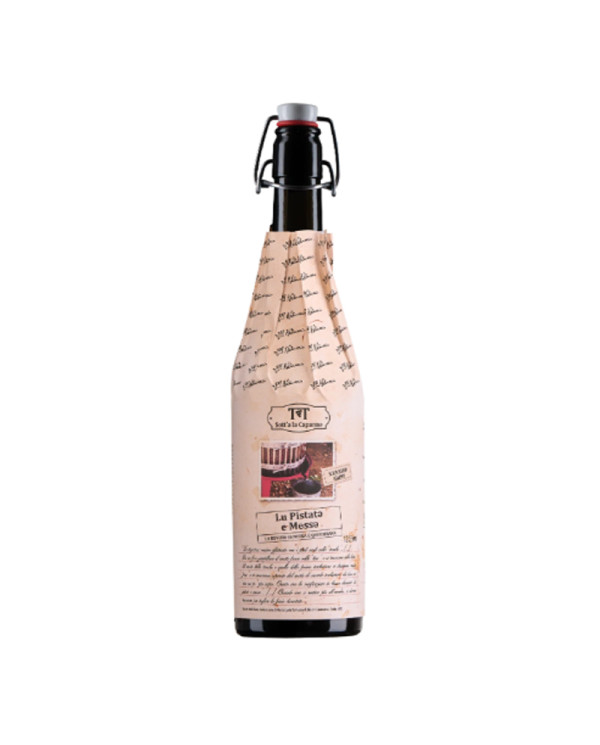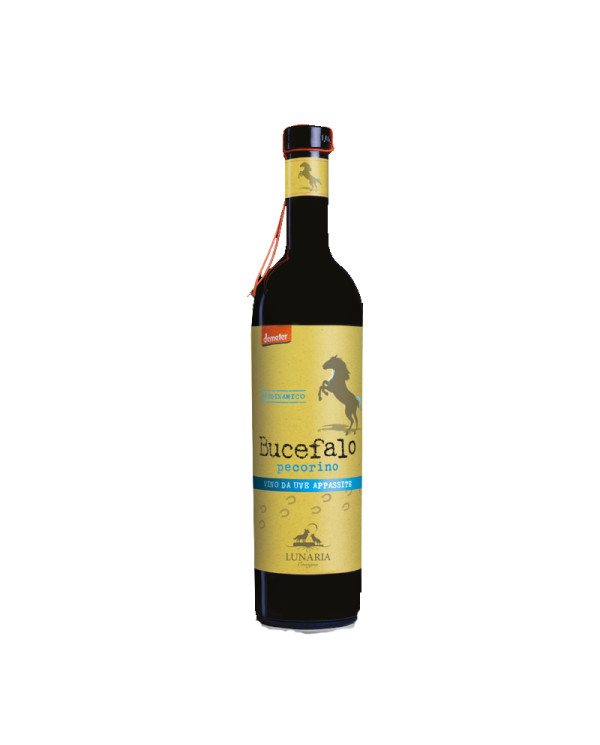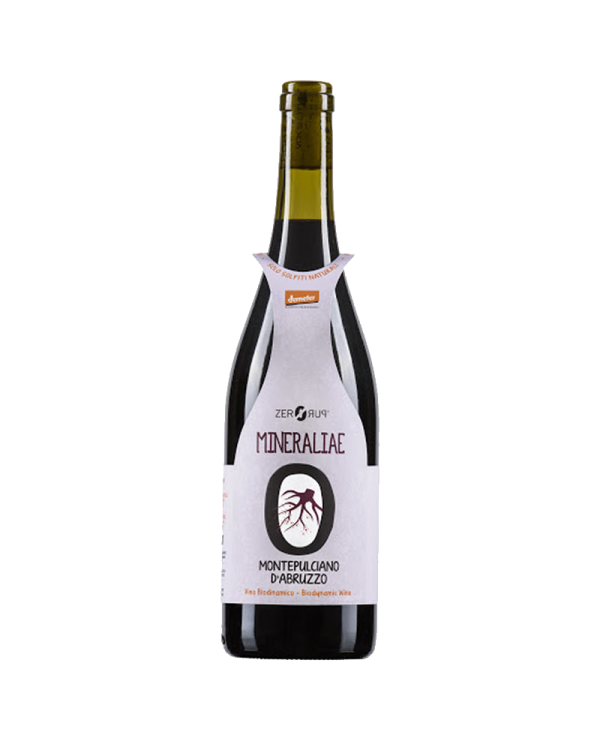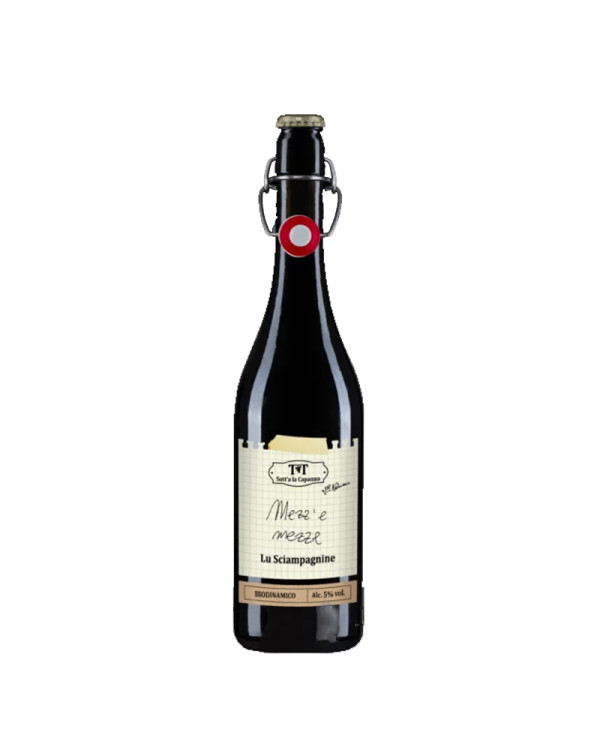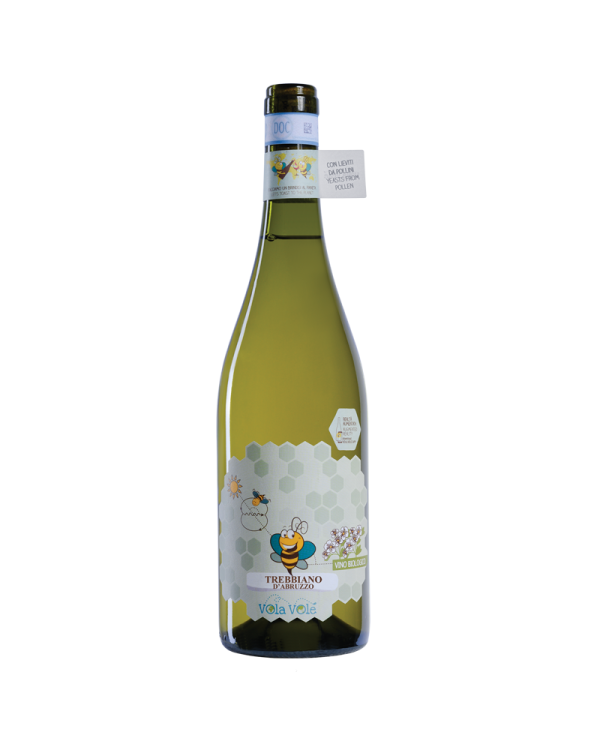Bio Cantina Orsogna Wines
Welcome to the fascinating world of the Cantina Orsogna , a true oenological treasure located in Italy. In this article, we will explore the history, distinctive products and innovative production techniques that make Cantina Orsogna a one-of-a-kind reality. Whether you are a wine enthusiast or simply interested in discovering the best of Italian oenology, Cantina Orsogna will not disappoint you. Get ready to immerse yourself in a sensorial journey among the lush vineyards and fine wines of this renowned winery.
The History of Bio Cantina Orsogna
Cantina Orsogna has a fascinating history that is rooted in the heart of Abruzzo , A Highly Prestigious Wine-growing Region In Italy. Founded in 1964 by a group of local winemakers, Cantina Orsogna began as an agricultural cooperative with the aim of preserving the region's winemaking tradition and promoting winemaking excellence. Over the years, the winery has constantly grown and evolved, becoming a point of reference for the production of high quality wines.
Innovation in the Winemaking Process
Cantina Orsogna stands out for its constant search for innovation in the winemaking process. With the use of modern technologies and the meticulous approach of its oenologists, the winery manages to combine tradition with the new frontiers of oenology. Every step, from harvesting the grapes to fermentation and refinement, is taken care of with extreme precision to guarantee superior quality wines.
The Vineyards and the Native Vines
The vineyards of Cantina Orsogna extend across privileged lands in Abruzzo, benefiting from a unique microclimate and fertile soils. The winery grows a variety of native vines, such as Montepulciano d'Abruzzo, Pecorino and Trebbiano d'Abruzzo. These vines are closely linked to the territory and give the wines a distinctive personality and a unique character.
The Production of Organic and Sustainable Wines
Cantina Orsogna is committed to the production of organic and sustainable wines. By respecting the environment and adopting eco-friendly agricultural practices, the winery is committed to preserving biodiversity and reducing environmental impact. This commitment translates into authentic, high-quality and nature-friendly wines.
The Excellent Products of Cantina Orsogna
The Cantina Orsogna offers a wide range of excellent products, suitable to satisfy the most refined palates. From intense and structured red wines to fresh and fragrant whites, each bottle represents a work of oenological art. The selection also includes sparkling wines and sweet wines, perfect for celebrating special moments or to accompany a refined dessert.
A Taste of Iconic Wines
To help you appreciate the authenticity of Cantina Orsogna 's wines, we present some of their iconic wines:
Montepulciano D'Abruzzo Reserve
The Montepulciano D'Abruzzo Reserve It is an Abruzzo red wine of great elegance and complexity. The carefully selected grapes and refinement in oak barrels give this Abruzzo wine a bouquet of wild berries, spices and tobacco notes. On the palate, it is enveloping and structured, with a persistent and harmonious finish.
Pecorino cheese
Pecorino is a fresh and vibrant white wine, obtained from the native grape variety of the same name. The floral and citrus notes blend harmoniously, giving a unique tasting experience. This wine is perfect for pairing with fish-based dishes or delicate cheeses.
Cerasuolo D'Abruzzo
Cerasuolo D'Abruzzo is a delicate and fruity ros├® wine. Its soft pink color and the scent of strawberries and cherries make it irresistible. It is an excellent choice to accompany light starters or white meat dishes.
The Experience of Food and Wine Tourism
Cantina Orsogna Offers A Unique Experience In Food And Wine Tourism. Visitors can take part in guided tours of the vineyards and cellars, followed by tastings led by expert winemakers. It is the perfect opportunity to immerse yourself in Italian wine culture and discover the secrets of high quality wine production.
International Recognition
The quality of Cantina Orsogna 's wines has been recognized internationally. The winery has received numerous prestigious awards and recognitions for the excellence of its production. This testifies to the constant attention to quality and the commitment to innovation and tradition.
The Passion Behind Cantina Orsogna
What makes Cantina Orsogna truly special is the passion of its winemakers and oenologists. Each bottle produced brings with it the fruit of years of dedication and love for viticulture. The cellar is a place where tradition blends with creativity, creating wines that tell a story of authenticity and passion.
The wines of the Orsogna winery are renowned for their excellent quality and the careful selection of the grapes, coming from the best vineyards in the Abruzzo area. This winery, with a long tradition behind it, is committed to producing wines that reflect the richness and diversity of the local landscape, offering a unique and authentic tasting experience. From full-bodied and intense reds, perfect for accompanying robust dishes and red meats, to fresh and aromatic whites, ideal for light appetizers and fish dishes, the Orsogna winery offers a range of wines capable of satisfying the most demanding palates and telling the story of a land rich in passion and tradition.
Future Plans
Cantina Orsogna continues to look ahead, focused on innovation and the search for new challenges. Future plans include the expansion of the vineyards, the introduction of new native grape varieties and continued experimentation in the winemaking process. Cantina Orsogna Is Committed To Offering Its Consumers Always New Unforgettable Wine Experiences.
In conclusion, Cantina Orsogna is an authentic Italian wine treasure. With its fascinating history, production of high-quality wines, constant innovation and the passion of its creators, this winery represents an unmissable destination for wine lovers and those who wish to discover Italian wine excellence.
To find out the current prices of the Orsogna winery's wines, it is advisable to visit the winery's official website directly or consult online retailers specializing in wines. The Orsogna winery offers a wide range of wines, including reds, whites and ros├®s, each with its own price positioning based on quality, vintage and rarity. Prices may also vary by region and purchasing channel. To obtain updated information and take advantage of any offers or promotions, it may also be useful to subscribe to the winery's newsletter or follow their social channels. Remember that buying directly from the winery or through authorized retailers is the best way to guarantee the authenticity and quality of the wine.


